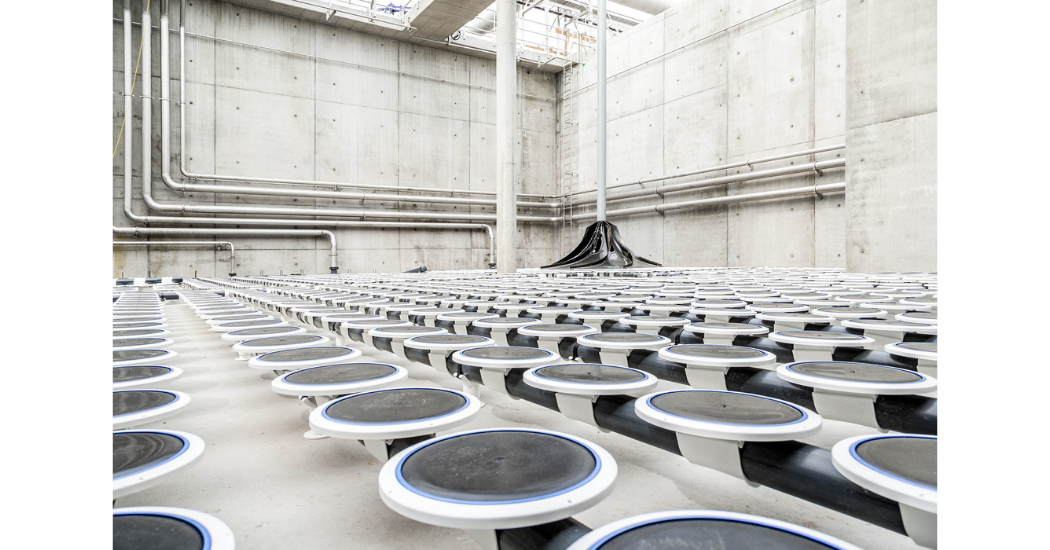Aeration technology choices define performance, energy efficiency and reliability
Air is one of the most important elements used in wastewater treatment processes. Activated sludge systems require proper aeration of the wastewater to ensure the biological decomposition of organic compounds. However, while air costs nothing, the systems required to deliver it can account for 50 to 90% of the energy consumption of a plant. Therefore, the decisions made with respect to this equipment can have a significant impact on running costs.
Edward Paro, Portfolio Manager Compressors & Aeration for Sulzer, looks at the choices that need to be considered when reviewing aeration technology.
The combination of energy intensity and process importance means the selection, specification and operation of aeration technologies are key decisions in wastewater system design. The best solution depends upon multiple factors, including the variability of system demand and the geometry of the wastewater treatment vessel. Industrial treatment systems, for example, are often designed to manage relatively stable waste flows, while municipal sites must cope with daily and seasonal demand peaks. Facilities with a lot of space available may treat their wastewater in large ponds or ditches. Where space is at a premium, deeper tanks are often preferred.
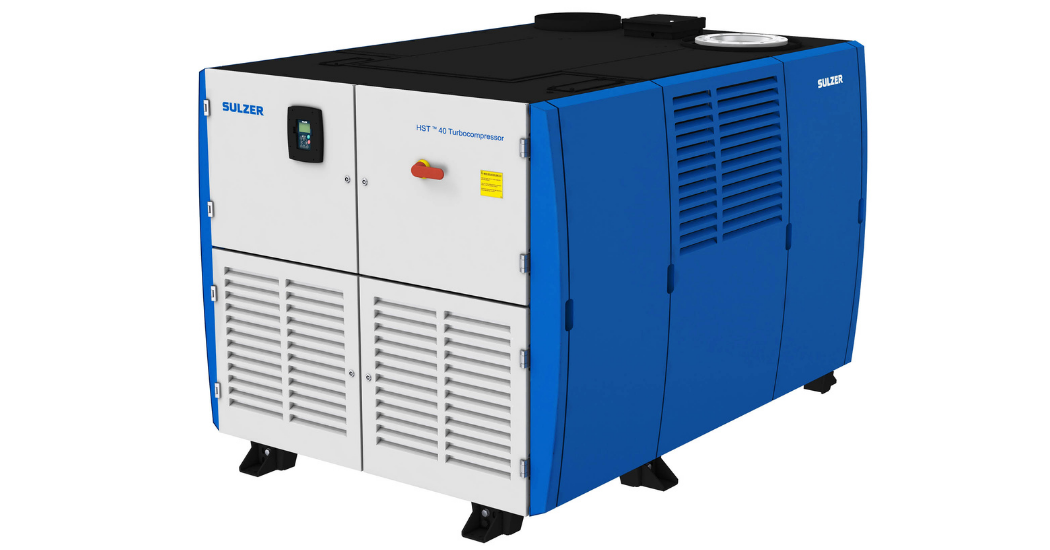
Self-aspirating aerators standing on the bottom of the tank are easily applied as they need no pressurized air supply. Pictured here is the XTA mechanical aerator from Sulzer.
Top down or bottom up
Air can be introduced into the treatment vessel in two ways. Surface aeration systems use floating pumps or propellers to combine wastewater and air at the surface of the vessel, churning the fluid to ensure thorough mixing. These systems are simple to install and relatively inexpensive. Moreover, they are the only viable option for shallow ditches or ponds with no defined base.
The downsides of surface aeration systems include relatively high energy consumption and high maintenance costs, with a lot of mechanical components operating in direct contact with the waste stream. Combining air and water at the surface can lead to the formation of aerosols in the proximity of the plant. The performance of a mechanical system also falls away rapidly as the depth of the treatment vessel increases, leading to dead spots where untreated sludge can build up over time.
The alternative to surface aeration is the introduction of air at the bottom of the tank. With the right flow rate and bubble size, injected air can simultaneously mix and oxygenate the wastewater as it rises to the surface. The simplest of such systems use a self-aspirating Venturi pump to send a jet of air into the vessel. These work best in smaller vessels with a predictable load. They are commonly used in industrial treatment plants, or in municipal systems where low cost and straightforward technology are priorities for the operator. For bigger and deeper tanks (up to 15 m / 50 feet) mechanical aerators fed with pressurized air are a robust and energy-efficient solution. Such aeration systems consisting of tens of mechanical aerators freely standing on the floor of the basin give excellent flexibility in adapting to demand and can also be serviced during operation.
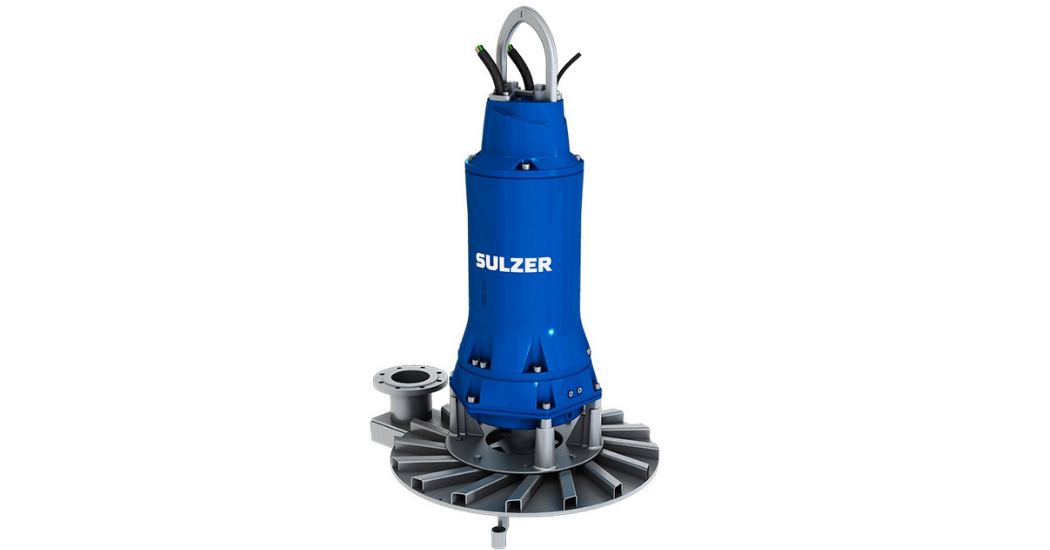
All types of bottom mounted aeration equipment can be supplied with pressurized air using efficient blowers such as the HST from Sulzer. This increases plant efficiency without requiring changes in the aeration basins.
Diffuse benefits
The highest-performing aeration systems in use today are fine bubble diffusers. These use a network of pipes installed at the base of the vessel, which transport air to a perforated diffuser, usually a plate or tube. The holes in the diffuser are engineered to release a carefully controlled stream of bubbles, matched to the physical and chemical requirements of the process.
Compared with even the best mechanical aeration equipment, fine bubble diffusers supplied by high-efficiency turbo blowers can reduce aeration energy consumption by 50 to 70%.
Diffuser systems work best in deeper tanks and lagoons, where the bubbles spend enough time travelling through the wastewater to ensure effective mixing and oxygen transfer. In general, lagoons or ditches up to 3 m (120 inches) deep are suitable for surface aeration, vessels between 3 m and 6 m (240 inches) deep can be aerated by mechanical (surface or bottom mounted) or diffusion technologies, and vessels deeper than 6 m are only suitable for diffusers or mechanical aerators fed with pressurized air. The ability of diffuser systems and other bottom mounted aeration equipment to work with deep tanks is a particular benefit for capacity expansion projects on sites with limited space, where increasing tank height is the only viable way to expand site capacity.
Fitting between the mechanical and diffused aeration using membranes, coarse bubble diffusers provide effective mixing and dependable oxidation of the wastewater. While fine bubble systems offer maximum energy efficiency, coarse bubble diffusers will be used because of their lower risk of clogging. For example, membrane systems in water treatment, such as membrane bio reactors, may use coarse bubble diffusion. Here, air scouring with bubbles is used to clean the membranes, maintaining optimum performance.
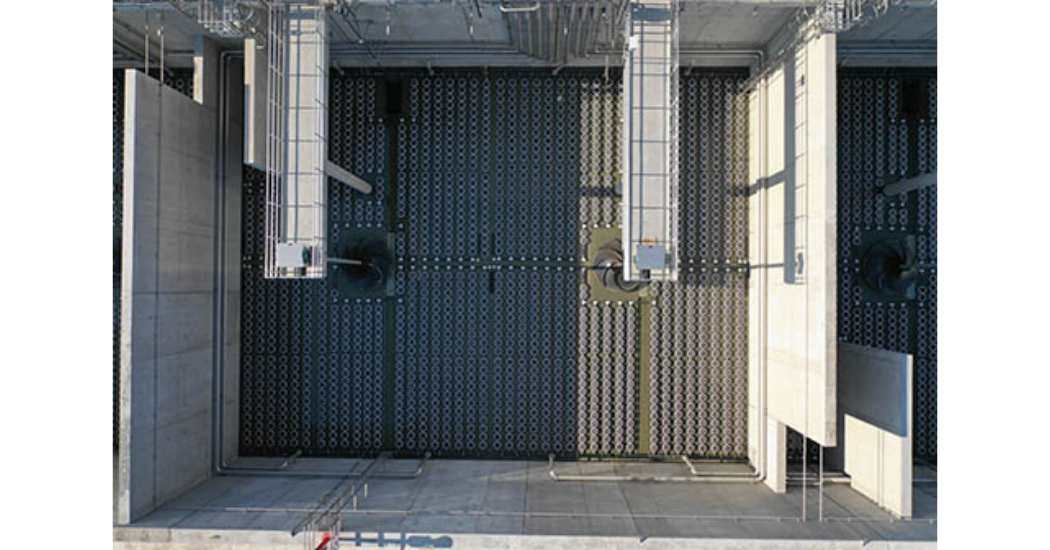
Todays state-of-the-art solution for municipal wastewater aeration is the membrane disc. Pictured here are Sulzer disc diffusers delivered to Europe’s largest wastewater treatment plant (Vienna, Austria).
Maintenance
As previously mentioned mechanical aerators need regular maintenance to function properly. The flipside of this is that properly serviced, they may operate for a very long time with little or no performance degradation.
Diffuser systems need less maintenance. The blowers used to supply these systems can be mounted away from the tank, in a clean, dry plant room or enclosure. That helps to extend their service life and simplifies maintenance and repair. The diffusers themselves will operate for ten years or more with little or no maintenance. There will be performance degradation however. The diffuser membranes contain thousands of microscopic openings that can clog due to impurities in the air supply or chemical depositions from the wastewater. To counter the latter, cleaning agents can be inserted in the air stream. If the membranes are primarily clogged from the outside, removing and washing the membranes will prolong their life and reinstate part of the lost energy efficiency.
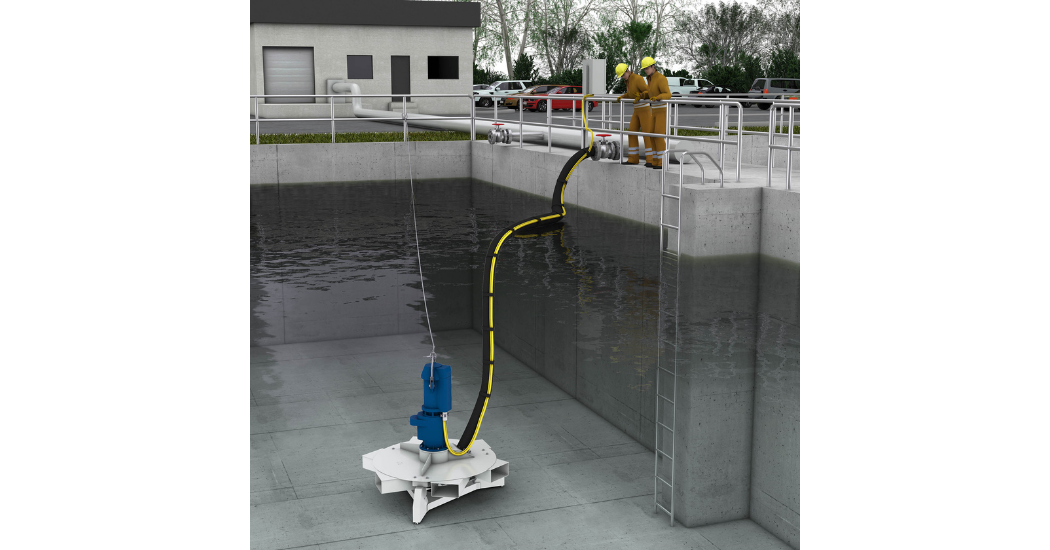
Major benefits of freestanding mechanical aerators are the ability to service the equipment while the plant is in operation and the easy addition of capacity. The picture shows an OKI aerator mixer by Sulzer fed by pressurized air.
System optimization
To achieve maximum process performance and efficiency, aeration systems require careful design. Pipework, aerator / diffuser configuration and air flow rates must all be matched to process requirements. Since much of the infrastructure is fixed, e.g. at the bottom of the aeration vessel, it is important to install the most effective system from the outset. Specialist technology providers, such as Sulzer, can offer support and expertise to ensure that any new or upgraded installation achieves its full potential.
About Sulzer:
Sulzer is a global leader in fluid engineering. We specialize in pumping, agitation, mixing, separation and application technologies for fluids of all types. Our customers benefit from our commitment to innovation, performance and quality and from our responsive network of 180 world-class production facilities and service centers across the globe. Sulzer has been headquartered in Winterthur, Switzerland, since 1834. In 2020, our 15’000 employees delivered revenues of CHF 3.3 billion. Our shares are traded on the SIX Swiss Exchange (SIX: SUN).www.sulzer.com Our shares are traded on the SIX Swiss Exchange (SIX: SUN). www.sulzer.com. The Pumps Equipment division specializes in pumping solutions specifically engineered for the processes of our customers. We provide pumps, agitators, compressors, grinders and screens developed through intensive research and development in fluid dynamics and advanced materials. We are a market leader in pumping solutions for water, oil and gas, power, chemicals and most industrial segments.

